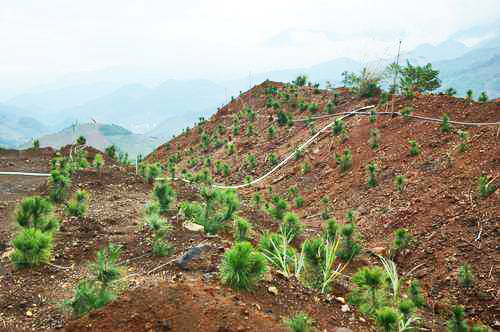


Main Technical Principles
Soil remediation refers to the use of physical, chemical and biological methods to transfer, absorb, degrade and transform contaminants in soil, so as to reduce their concentration to an acceptable level, or to transform toxic and harmful pollutants into harmless substances. Fundamentally, the technological principles of remediation of contaminated soils may include: (1) changing the existing forms of pollutants in soils or their combination with soils to reduce their mobility and bioavailability in the environment; (2) reducing the concentration of harmful substances in soils.
Soil pollution in China has posed a threat to the sustainable use of land resources and the ecological security of agricultural products. There are 36 million hectares of farmland polluted by organic pollutants in China, including petroleum, polycyclic aromatic hydrocarbons, pesticides, organic chlorine, etc. The area of land polluted by oil field exploitation is 10,000 hectares, and large areas of land are polluted by petroleum refining and chemical industry. In Shenfu petroleum sewage irrigation area, surface and bottom layers are polluted. The content of polycyclic aromatic hydrocarbons (PAHs) in soils exceeded 600 mg/kg, which resulted in serious pollution of crops and groundwater. There are 20 million hectares of land polluted by heavy metals in China, of which more than 700,000 hectares are seriously polluted. 130,000 hectares of land are forced to abandon cultivation because of excessive cadmium content. Because of this, China's research on remediation of contaminated soil is undergoing a transition from laboratory research to practical stage, and will enter a fast and comprehensive period of treatment.
Jiangsu Daozhong Energy Co., Ltd. relies on China Nuclear Environmental Protection Industry Co., Ltd. to carry out relevant business in the field of soil remediation.